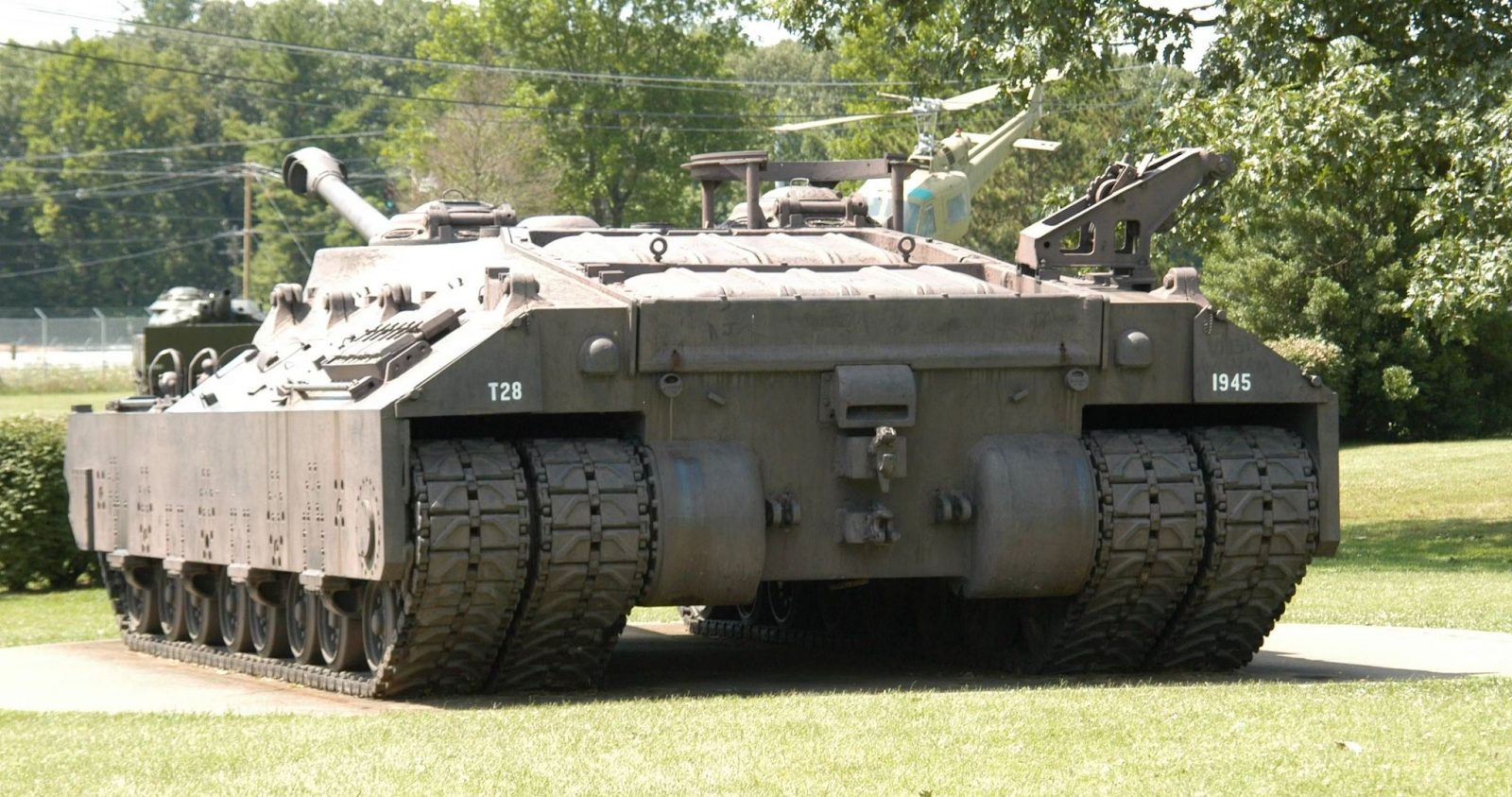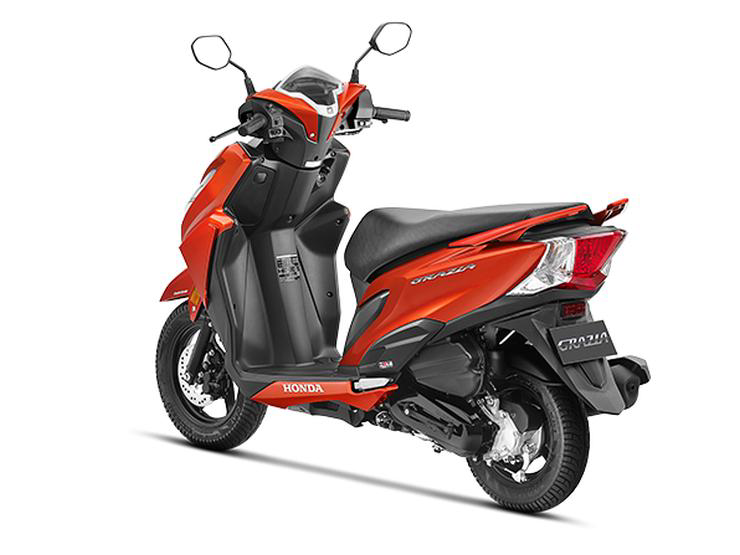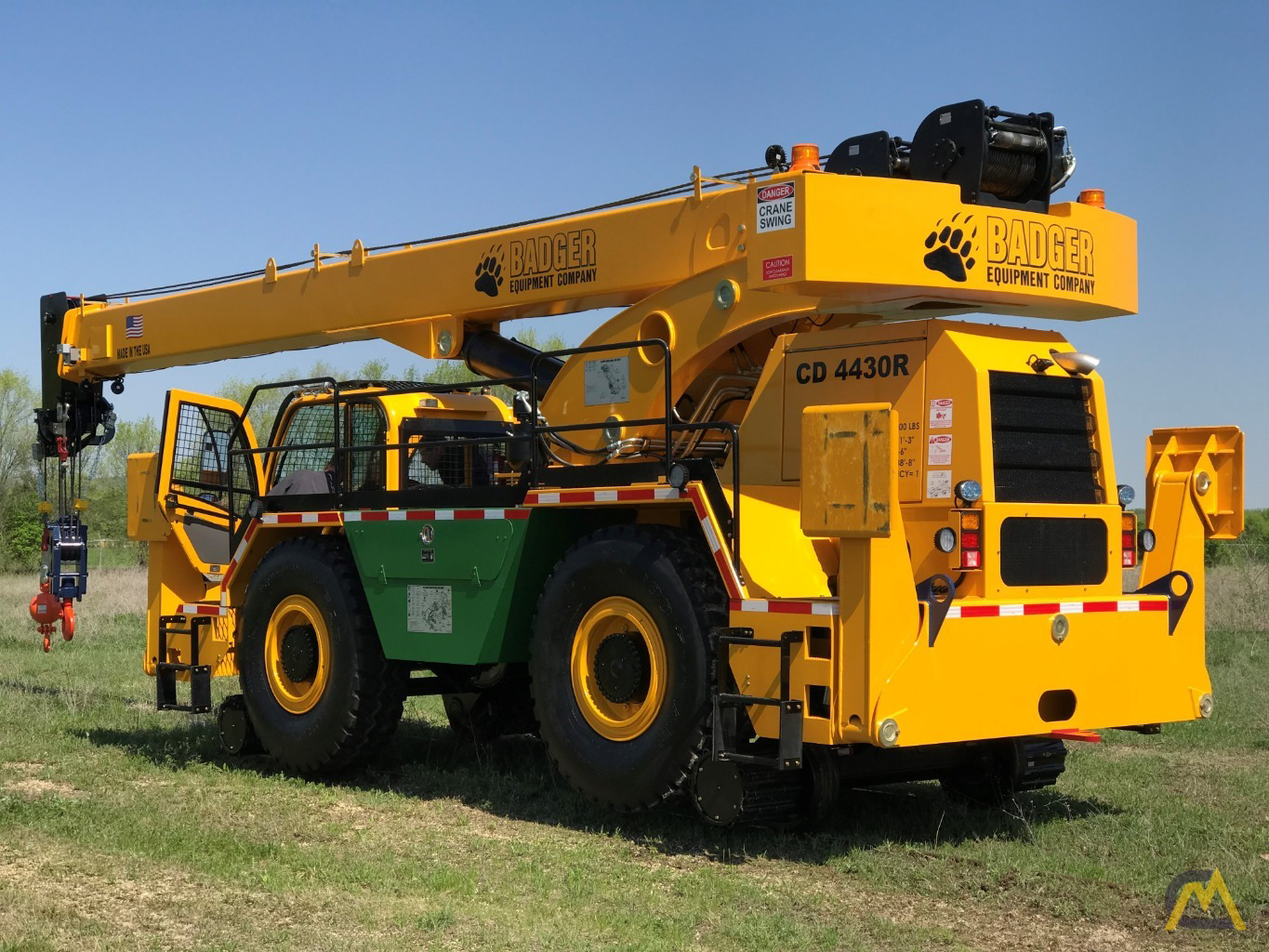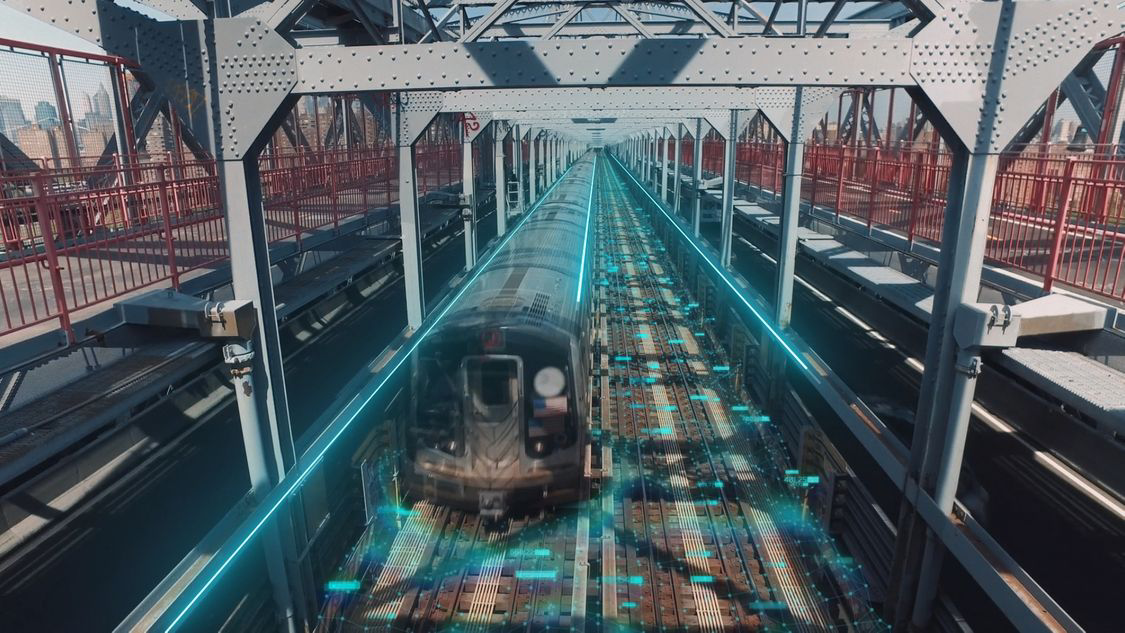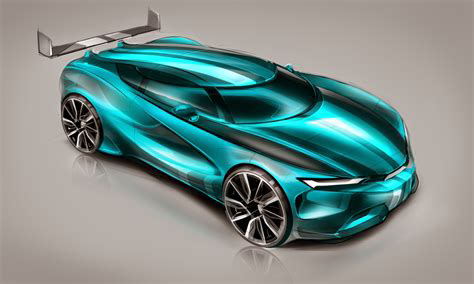Designing Rocket
1.Fundamental Principle: Rockets operate on Newton's third law of motion—action and reaction. The expulsion of mass at high velocities generates thrust, propelling the rocket in the opposite direction.
2. Aerodynamics: Rocket design emphasizes aerodynamics to minimize air resistance during launch. Sleek shapes and pointed noses reduce drag, optimizing the rocket's ascent through the Earth's atmosphere.
3. Propulsion Systems: Rockets use various propulsion systems, including liquid and solid fuels. Liquid propellants allow for precise control and shut-off, while solid fuels offer simplicity and reliability.
4. Launch Vehicles: Rockets serve as launch vehicles, propelling payloads into space. These payloads can include satellites, scientific instruments, or crewed spacecraft, depending on the mission's objectives.
5. Space Exploration Milestones: Rockets have played a pivotal role in significant space exploration milestones, such as the Apollo missions that landed humans on the Moon. They continue to be vital for probes, rovers, and telescopes exploring our solar system and beyond.
Expendable vs. Reusable: Traditional rockets are often expendable, meaning they are used once. However, recent advancements, notably by companies like SpaceX, focus on reusable rocket technology, aiming to reduce costs and environmental impact.
7. Launch Sites: Rockets are launched from specialized facilities called launch sites or spaceports. These locations provide the infrastructure and safety measures necessary for successful rocket launches.
8. Satellite Deployment: Rockets frequently deploy satellites into orbit for communication, Earth observation, and scientific research. Different orbits serve various purposes, from geostationary orbits for communication satellites to polar orbits for Earth observation.
9. Interplanetary Exploration: Rockets enable interplanetary exploration, with missions like Mars rovers and probes traveling vast distances to study other celestial bodies.
10. Future Developments: Ongoing research and development aim to enhance rocket technology, making launches more cost-effective, efficient, and environmentally friendly. Innovations such as ion propulsion and new propellant technologies show promise for the future of space travel.




